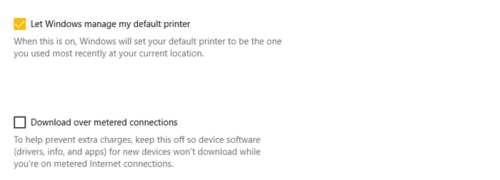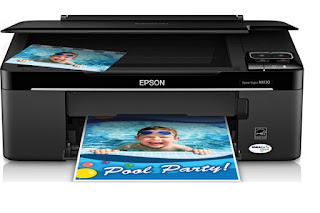
If you look at an XP system that has had a bunch of apps installed and has not been paved in a while, then the boot times are often pathetic. And the more you install/uninstall, the more likely you are to corrupt your registry or do something else that mandates paving the machine. This is true for pretty much every version of Windows.
Snagit 12 printer driver install#
Like Windows XP, I would bet that all the “performance” will degrade over time.Īfter you install a few applications… a few new drivers… maybe upgrade your hardware after install… then Windows gets very very slow. I can’t possibley see how $85 is less than $0.
Snagit 12 printer driver drivers#
With Windows on the other hand you have to install the drivers off of a CD or from the internet. Drivers are really the only thing you have to worry about and they are built into the Linux kernel. If there is something else you are sorely missing then why don’t you name it specifically?Ĭhanging hardware is actually easier. Like what? Games? Most people don’t care about games.

In fact I can never quite get the fonts in Windows to look as good as the ones in Linux, so please stop using an argument that has been dead for years now. There is nothing wrong with the fonts in Linux anymore. Have you ever used Linux? I can never believe when people continue to bitch about fonts in Linux. Font Rendering (Cleartype kicks EVERYTHING else’s ass, ESPECIALLY freetype) Where exactly is the quantum leap you speak of? The same basic OS has been around for 10 years.Įspecially with the ‘alternatives’ coming up way short in most arenas I consider important. Quantum leap? XP is nothing more than 2000 with a few added features, basically a point release. I have no love for M$, but given the quantum leap XP was over it’s predecessors, I’m willing to give them the benefit of a doubt… It’s also impossible to defend something that you have never used or seen because it does not exist yet (in anything other than pre-beta form). It’s also very easy to sit there and bash something you’ve never seen or used. I’ve seen laptops where Cleartype simply looks blurry, but I’ve seen others where it looks worse than it does on a CRT (and no, it wasn’t configured incorrectly – it simply could not be made to work acceptably).

Freetype (assuming you have it configured properly) produces far more legible text on my system.Ĭould be a difference in the screen. ClearType produces fonts that are blurry, ill-defined, and have horrible colour bleeding. In fact, I’ve not seem that happen on any modern Linux system.Īnd to my eyes Cleartype looks superior to freetype with subpixel aliasing… ASSUMING you use the cleartype tuner.Īnd I find the exact opposite to be true. Good example is to open up an editor and type the word “spacing” or “difficult”, then go to the beginning of the line and start adding spaces… Sure, each character is well formed, but if the spacing between characters is all over the place it kinda defeats the point. Even when you crank it up to do that though, it has a MAJOR problem with Kerning.


 0 kommentar(er)
0 kommentar(er)
